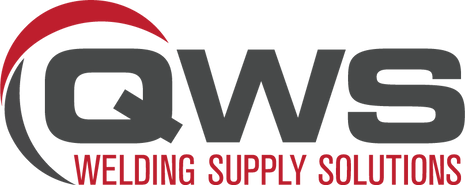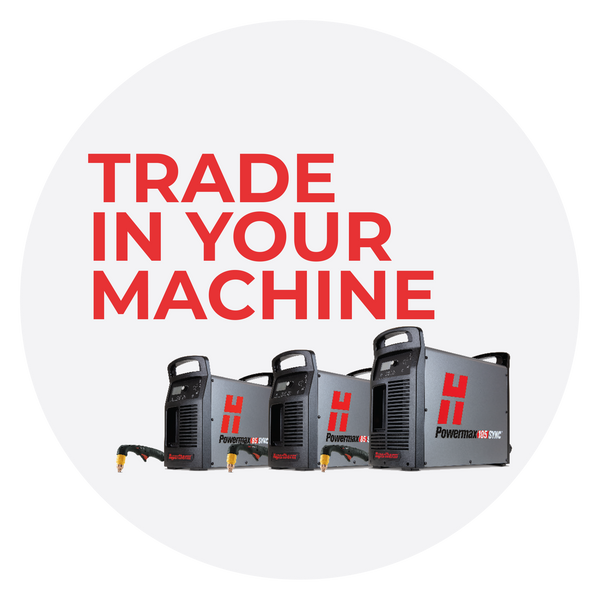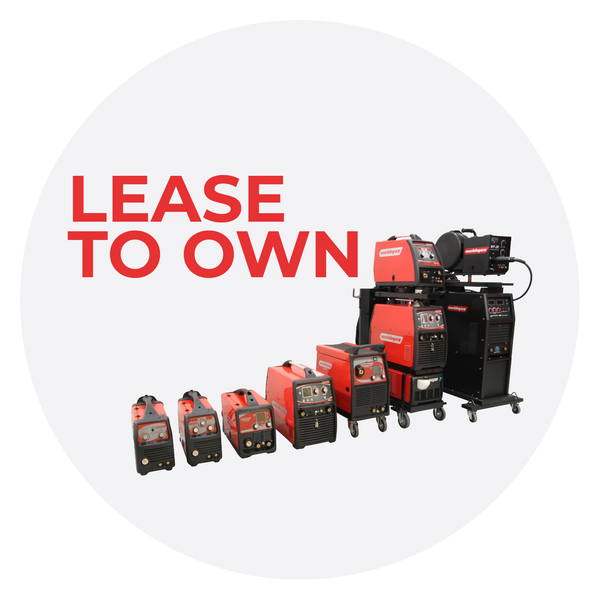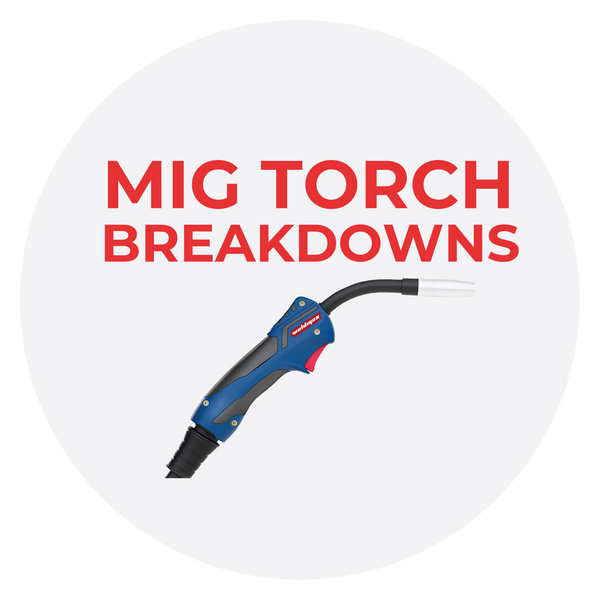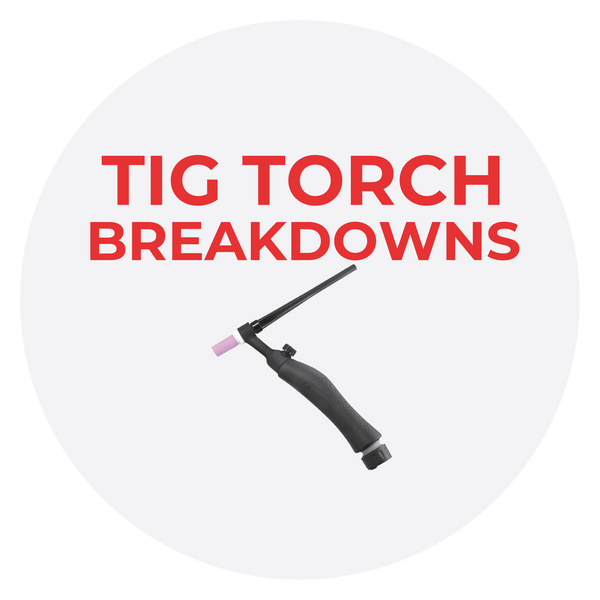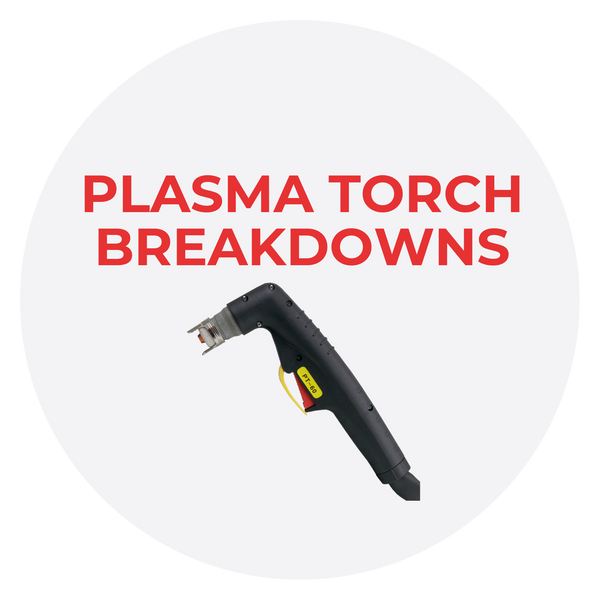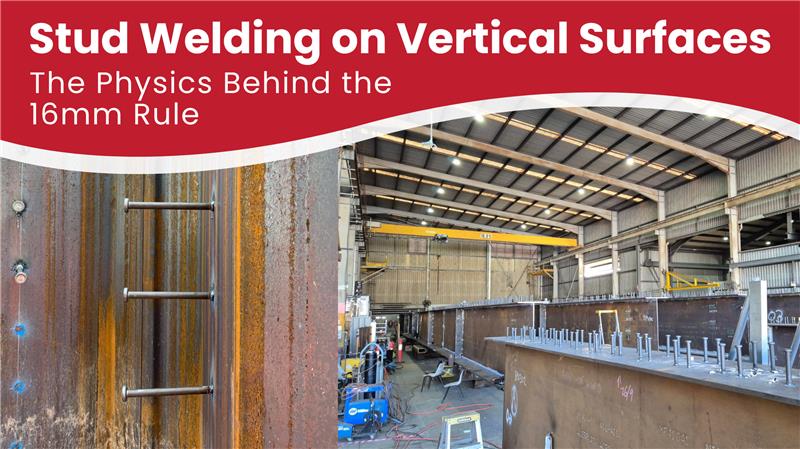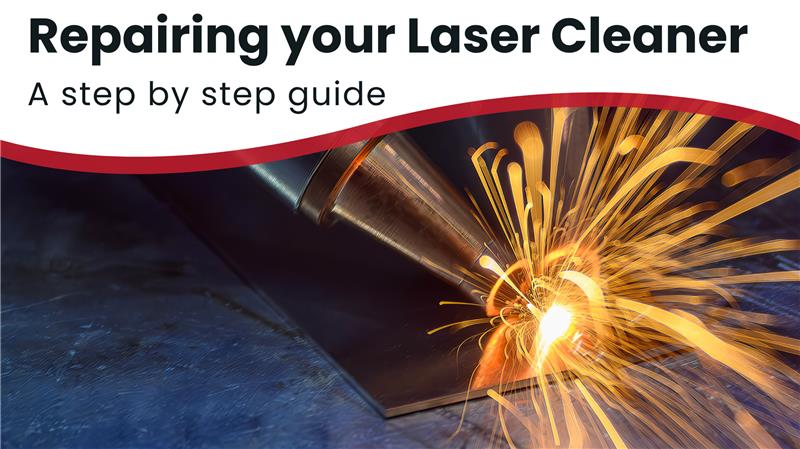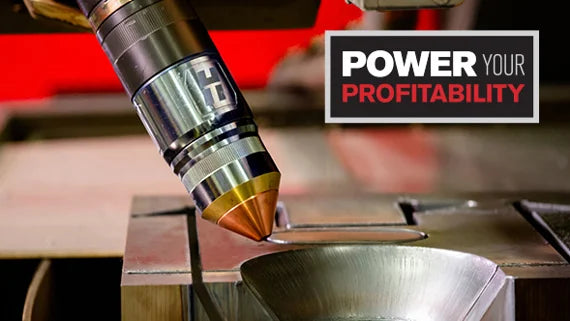Proper ventilation and fume extraction for welding safety

Keeping Your Lungs and Welders Safe with Proper Ventilation and Fume Extraction
If you’re a welder or fabricator, you know that safety is paramount on the job site. Not only do you need to ensure the quality of your welds and make sure the shop is clean, but you also need to keep yourself safe from hazardous fumes. That’s why proper ventilation and fume extraction are essential for welders to stay safe on the job. In this blog post, we’ll go into detail about why proper ventilation is so important for welders as well as how to ensure you have the best possible setup.

What Are Welding Fumes?
Welding fumes are created when metal is heated or melted by welding or cutting operations. These particles can be made up of toxic metals such as nickel, chromium, cobalt, manganese, zinc and lead — all of which can be hazardous if inhaled in large enough amounts over an extended period of time. For this reason, it’s essential that welders take precautions to protect themselves when welding or cutting metal. Welding fumes are a byproduct of the welding or cutting process, arising when metal is heated or melted. These fumes consist of small particles that can pose health risks to individuals if inhaled. The composition of welding fumes varies depending on the type of metal being welded, but they often contain toxic substances like nickel, chromium, cobalt, manganese, zinc, and lead. Prolonged exposure to high concentrations of these metals in the form of welding fumes can have adverse effects on the respiratory system and overall health.

Why Proper Ventilation Is Essential
Due to the potential hazards associated with welding fumes, it is crucial for welders to adopt preventive measures to safeguard themselves. One primary concern is the inhalation of these fumes, which can occur if proper precautions are not taken. Welders should wear appropriate respiratory protection, such as respirators or masks specifically designed for welding applications, to minimize the risk of inhaling harmful particles. These protective devices can help filter out the toxic components present in welding fumes, reducing the chances of respiratory illnesses or long-term health complications.
Proper ventilation is key to ensuring that welding fumes don’t build up around the work area and expose workers to potential health risks. The most effective way of doing this is by using a combination of natural ventilation (opening windows and doors) and mechanical ventilation (fans). Natural ventilation pulls fresh air in from outside while mechanical ventilation helps push air out from inside the shop. This ensures that there is a steady flow of fresh air throughout the workspace at all times.

Choosing a fume extractor:
When choosing a fume extractor, there are several factors to consider:
Airflow and Extraction Capacity: Look for fume extractors with sufficient airflow and extraction capacity to effectively capture and remove welding fumes from the work area. The extraction capacity should be suitable for the size and type of welding operations you typically perform.
Filtration System: Check the filtration system of the fume extractor. It should be designed to capture and filter out the hazardous particles present in welding fumes. Common filtration methods include high-efficiency particulate air (HEPA) filters and activated carbon filters.
Mobility and Flexibility: Consider the mobility and flexibility of the fume extractor. Portable units with casters or wheels allow for easy maneuverability around the workspace, while flexible extraction arms or hoses enable positioning the extraction point close to the source of fumes.
Noise Level: Take into account the noise level produced by the fume extractor, especially if it will be used in a shared or noise-sensitive environment. Look for models with noise reduction features to minimize disruption.
Maintenance and Filter Replacement: Check the ease of maintenance and filter replacement for the fume extractor. Regular maintenance and timely filter replacements are crucial for optimal performance and ensuring the longevity of the equipment.
Compliance and Safety Standards: Ensure that the fume extractor meets relevant safety standards and compliance requirements set by regulatory bodies in your region. Look for certifications or labels indicating compliance with industry standards.

When choosing a fume extractor, there are several factors to consider:
Airflow and Extraction Capacity: Look for fume extractors with sufficient airflow and extraction capacity to effectively capture and remove welding fumes from the work area. The extraction capacity should be suitable for the size and type of welding operations you typically perform.
Filtration System: Check the filtration system of the fume extractor. It should be designed to capture and filter out the hazardous particles present in welding fumes. Common filtration methods include high-efficiency particulate air (HEPA) filters and activated carbon filters.
Mobility and Flexibility: Consider the mobility and flexibility of the fume extractor. Portable units with casters or wheels allow for easy maneuverability around the workspace, while flexible extraction arms or hoses enable positioning the extraction point close to the source of fumes.
Noise Level: Take into account the noise level produced by the fume extractor, especially if it will be used in a shared or noise-sensitive environment. Look for models with noise reduction features to minimize disruption.
Maintenance and Filter Replacement: Check the ease of maintenance and filter replacement for the fume extractor. Regular maintenance and timely filter replacements are crucial for optimal performance and ensuring the longevity of the equipment.
Compliance and Safety Standards: Ensure that the fume extractor meets relevant safety standards and compliance requirements set by regulatory bodies in your region. Look for certifications or labels indicating compliance with industry standards.
How To Set Up A Fume Extractor
Fume extractors are another tool used to reduce exposure to welding fumes by pulling them away from workers before they can be inhaled. They also help keep airborne contaminants out of the workspace by filtering out particles before they enter the environment. There are two main types of fume extractors – exhaust hoods and filter systems – both of which work together with fans to remove airborne particles from the workplace. Exhaust hoods capture fumes at their source while filter systems act like air purifiers, removing particles from circulating air before they can cause harm. When setting up a fume extractor system, it’s important to consider factors such as size, speed, pressure drop across filters, ductwork layout and other factors for optimal performance.
It's essential for welders and fabricators to take proper safety precautions when working with metal — particularly because burning metal releases hazardous fumes into the environment that can pose serious health risks if not properly managed. Proper ventilation combined with fume extractors helps ensure that these hazards are kept at bay so welders can stay safe on the job site while maintaining quality welds every time they pick up their tools! With this knowledge in mind, you should now feel more comfortable setting up your own welding safety system — good luck!
